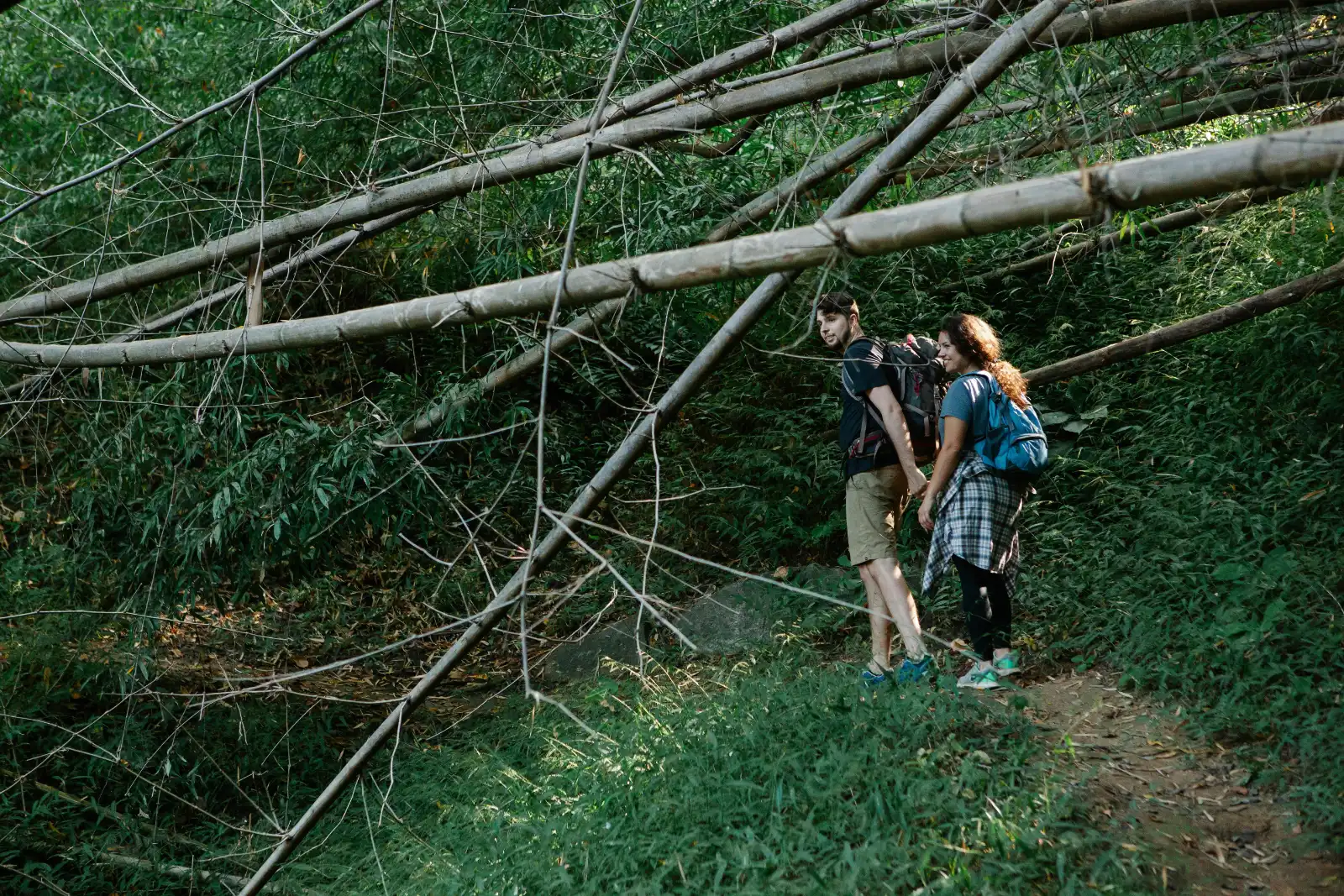rekking to the Tiger’s Nest Monastery, or Paro Taktsang, is one of the most iconic and spiritually significant experiences in Bhutan. Perched on a cliffside at an altitude of 3,120 meters (10,240 feet), this sacred site offers breathtaking views and a deep sense of serenity. Whether you’re a seasoned trekker or a first-time hiker, proper preparation is key to making the most of this unforgettable journey. Here’s everything you need to know to prepare for the Tiger’s Nest trek in Bhutan.
1. Understanding the Significance of Tiger’s Nest

Before embarking on the trek, it’s essential to understand the cultural and spiritual importance of Tiger’s Nest. The monastery was built in 1692 around the cave where Guru Rinpoche (Padmasambhava) is believed to have meditated for three years, three months, three weeks, three days, and three hours in the 8th century. The name “Tiger’s Nest” originates from the legend that Guru Rinpoche flew to this location on the back of a tigress.
The monastery is a revered pilgrimage site for Buddhists and holds deep spiritual significance. Knowing its history and cultural importance will enrich your trekking experience and help you appreciate the sacred atmosphere of the site.
2. Physical Preparation
The trek to Tiger’s Nest is moderately challenging, requiring a good level of physical fitness. The trail is steep in parts, with an elevation gain of about 900 meters (3,000 feet). Here are some tips to prepare physically:
- Start Conditioning Early: Begin a regular exercise routine several weeks before your trek. Focus on cardio workouts, strength training, and endurance exercises. Hiking, running, and stair climbing are excellent ways to build stamina.
- Practice Hiking: If possible, practice hiking on similar terrains. Gradually increase the difficulty and duration of your hikes to build confidence and endurance.
- Acclimatize to the Altitude: If you’re not accustomed to high altitudes, consider spending a few days in Paro or Thimphu to acclimatize before attempting the trek. This will help reduce the risk of altitude sickness.
3. Packing Essentials
Packing the right gear is crucial for a comfortable and successful trek. Here’s what you should bring:
- Comfortable Footwear: Invest in a pair of sturdy, well-fitted hiking boots with good ankle support. Make sure they’re broken in before the trek to avoid blisters.
- Layered Clothing: The weather can be unpredictable, so dress in layers. Bring moisture-wicking base layers, a warm fleece or jacket, and a waterproof outer layer. The temperature can be chilly in the morning and warm up later in the day.
- Hat and Gloves: A hat to protect against the sun and gloves for warmth in the early morning are recommended.
- Walking Stick: A walking stick can help with balance and reduce strain on your knees during the steep sections of the trek.
- Water Bottle and Snacks: Stay hydrated by carrying at least one liter of water. Energy-boosting snacks like nuts, dried fruit, or energy bars can help keep you fueled during the hike.
- Daypack: A comfortable daypack to carry your essentials, including a first aid kit, sunscreen, sunglasses, and a camera.
- Cash: There’s a small fee to enter the monastery, so bring some cash for entrance fees and any donations.
4. Mental Preparation

Trekking to Tiger’s Nest is not just a physical challenge; it’s also a mentally rewarding experience. Prepare yourself mentally by:
- Setting Realistic Expectations: Understand that the trek will be challenging, especially the steep sections. Take it slow, pace yourself, and focus on the journey rather than just the destination.
- Staying Positive: The trek can be tiring, but maintaining a positive attitude will help you push through difficult moments. Remember the stunning views and the sense of accomplishment awaiting you at the top.
- Meditating: Given the spiritual significance of the site, consider incorporating meditation or mindfulness practices into your preparation. This can help you connect more deeply with the spiritual essence of the monastery.
5. The Trekking Experience
On the day of the trek, start early to avoid the midday heat and crowds. The trail begins with a gradual ascent through a forest of pine trees, interspersed with prayer flags fluttering in the breeze. After about an hour of trekking, you’ll reach a viewpoint with a cafeteria offering refreshments and your first glimpse of the Tiger’s Nest Monastery across the valley.
From the viewpoint, the trail becomes steeper as you ascend to the monastery. The final approach involves a descent of stairs followed by a steep climb, but the effort is rewarded with close-up views of the sacred site and the surrounding valley.
6. Respecting Local Customs
As you approach the monastery, remember that Tiger’s Nest is a sacred site. Here are some guidelines for respectful behavior:
- Dress Modestly: Wear long pants and cover your shoulders. Remove hats and sunglasses when entering the monastery.
- No Photography Inside: Photography is not allowed inside the monastery. Respect the rules and avoid disturbing the monks and worshippers.
- Be Quiet and Respectful: Maintain a quiet and respectful demeanor, especially inside the monastery. Avoid loud conversations and be mindful of others’ spiritual experiences.
7. After the Trek
After visiting the monastery, take your time descending the trail. The return journey can be just as challenging as the ascent, so pace yourself and enjoy the beautiful surroundings. Back in Paro, treat yourself to a well-deserved meal and reflect on the spiritual and physical journey you’ve just completed.
Conclusion
The Tiger’s Nest trek is a once-in-a-lifetime experience that offers both physical challenge and spiritual reward. By preparing properly and approaching the trek with respect and mindfulness, you’ll be able to fully appreciate the beauty and significance of this extraordinary site. Embrace the journey, and enjoy every step towards one of Bhutan’s most iconic landmarks.
